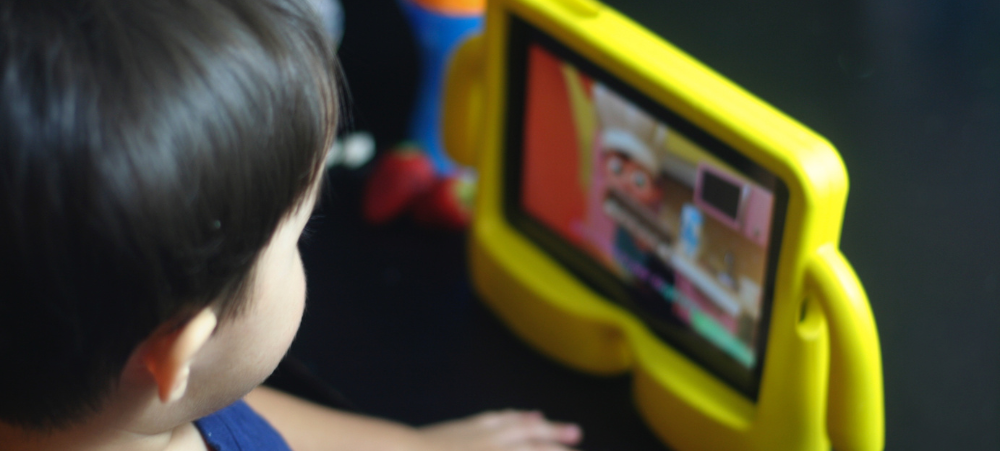In a world where devices are part of learning, play, and socialising, setting boundaries around screen time has become one of parenting’s trickiest tasks. For many families, it’s a daily negotiation—or worse, a meltdown.
But here’s the good news: with the right mindset and tools, you can guide your child’s screen use in a way that supports their development without the constant conflict.
1. Start With a Family Plan, Not a Punishment
Rather than issuing limits as strict rules, try building a family media plan together. Involve your child in setting expectations—they’re far more likely to follow boundaries they helped create.
Include things like:
- Screen-free times (e.g. during meals)
- Screen-free zones (e.g. bedrooms)
- Daily time limits
- Approved apps/games/shows
💬 Tip: The American Academy of Pediatrics offers a free online Family Media Plan tool to help guide this conversation.
2. Be Clear—and Consistent
Kids do best when they know what to expect. If your rule is “30 minutes of games after homework,” then stick to it. When limits constantly shift, it opens the door to arguing or negotiating.
Use timers if needed—and let the timer be the “bad guy,” not you.
3. Model the Behaviour You Want to See
Children often mimic adult habits. If you’re checking your phone during meals or scrolling in bed, it becomes harder to explain why they shouldn’t do the same.
Show them what healthy tech boundaries look like by practising them yourself.
4. Shift the Focus From Control to Connection
When kids resist turning off a screen, it’s often because they’re deeply engaged. Rather than issuing a cold “time’s up,” try to connect first:
- “That game looks fun—what level are you on?”
- “You’ve got 5 minutes left—want help wrapping up?”
This helps them transition more smoothly and feel respected.
5. Offer Engaging Alternatives
Instead of just taking the screen away, replace it with something. Keep puzzles, art supplies, books, or outdoor toys easily accessible. Sometimes boredom sparks creativity—especially when screens aren’t the fallback.
6. Be Flexible, Not Fearful
Not all screen time is bad. Educational games, connecting with family via video chat, or making digital art can be valuable experiences. Focus on what they’re doing, not just how much.
Final Thought:
Balancing screen time doesn’t have to feel like a constant tug-of-war. With a thoughtful approach that includes structure, empathy, and flexibility, you can turn screen-time struggles into healthy digital habits—without the drama.
📚 Sources:
- American Academy of Pediatrics. (2023). “Family Media Plan.” https://www.healthychildren.org
- Common Sense Media. (2022). “The Common Sense Census: Media Use by Kids Age Zero to Eight.”
- Child Mind Institute. (2021). “Managing Screen Time During the Pandemic and Beyond.”
- Raising Children Network. (2022). “Screen Time: Children and Pre-teens.”
We understand that there are many aspects that encompass a Mother, Father or Child and strive toward providing resources and services that accommodates this.
Our content is aimed to inform and educate families on issues starting from pregnancy through to the challenges of the teen-age years.
- Say Hello to the Ultimate Holiday Brunch Bite - December 17, 2025
- Tiny Toons Looniversity Returns: Meet the Voice Behind Plucky and Hamton! - December 12, 2025
- From Pain to Possibility: Panado®’s New Marketing Campaign, Highlights The Joy Of Pain Relief - December 10, 2025





